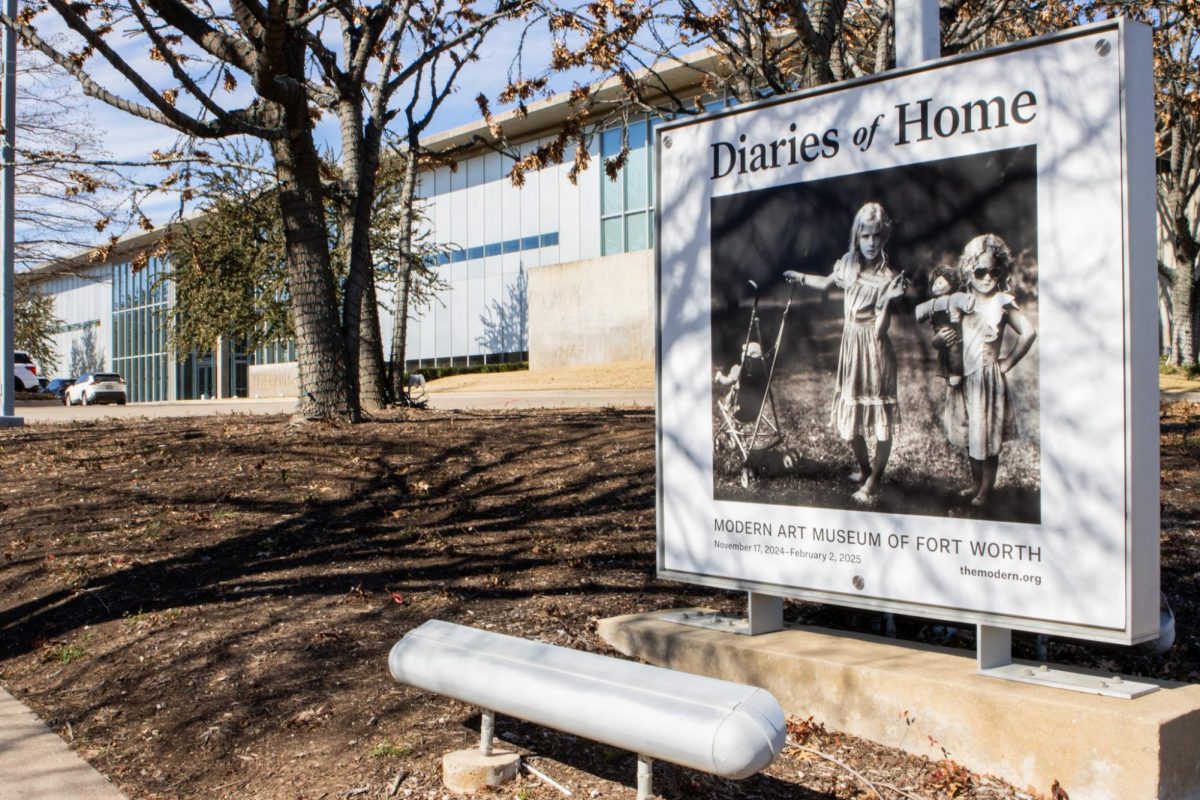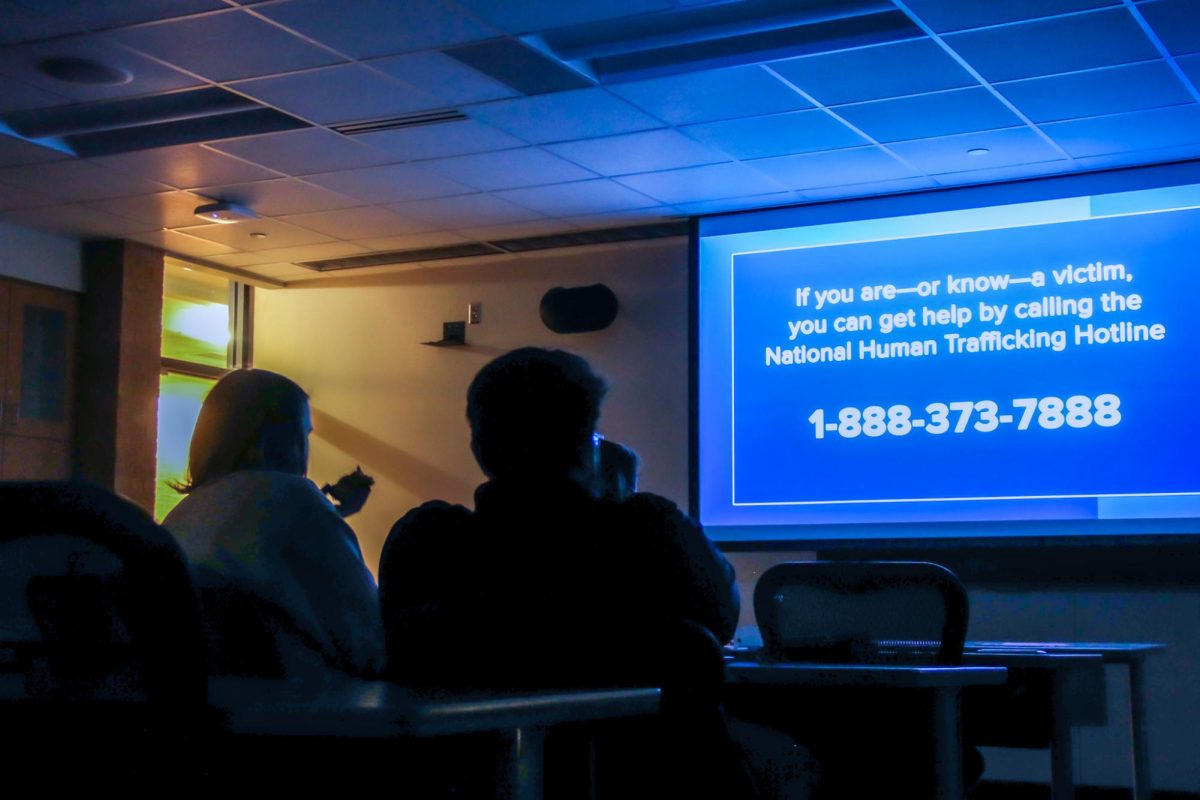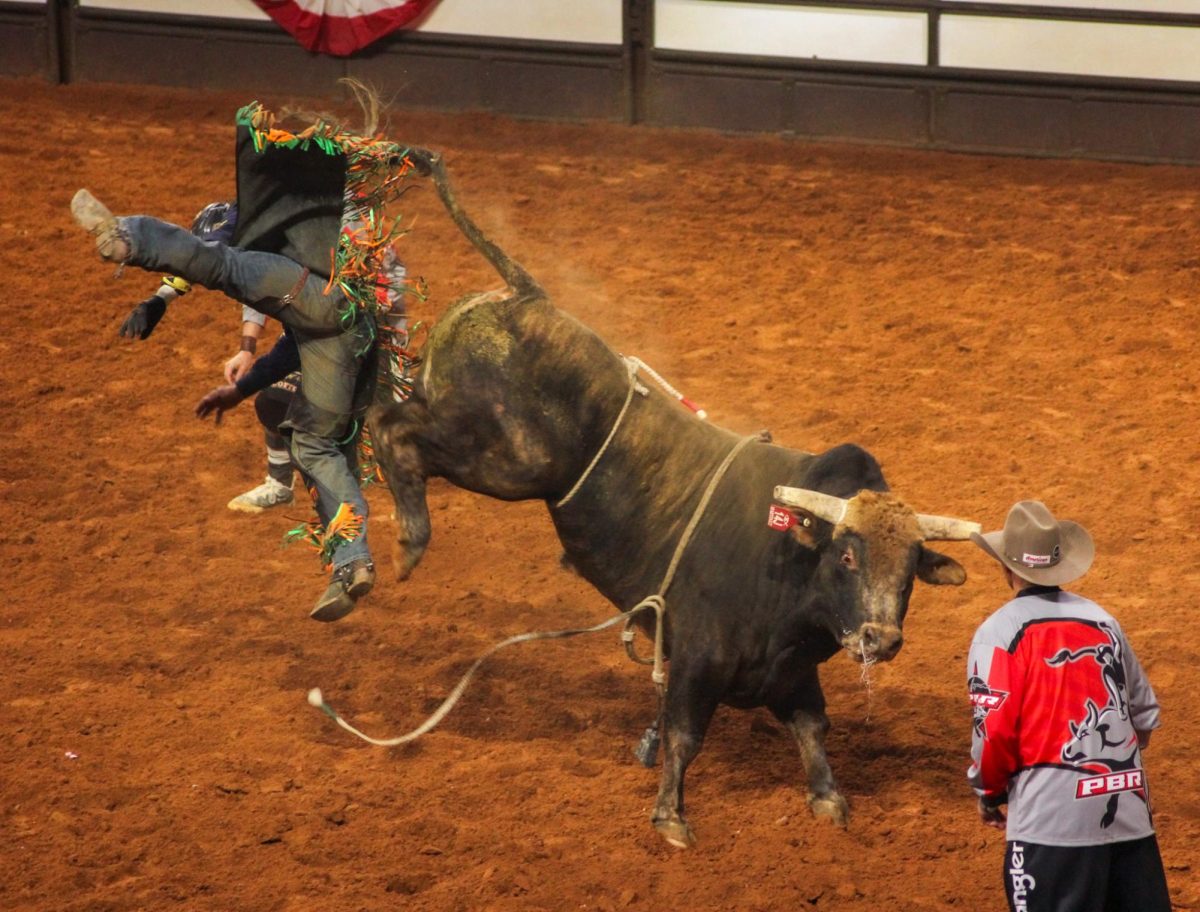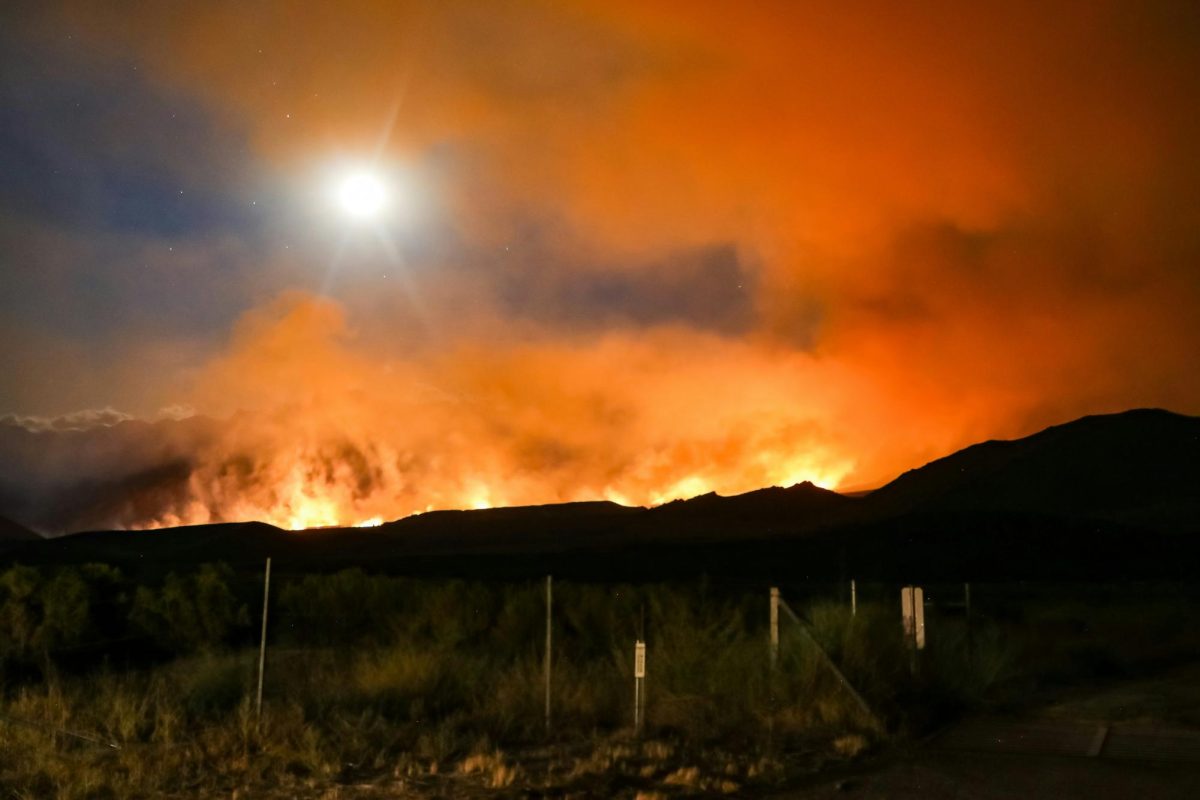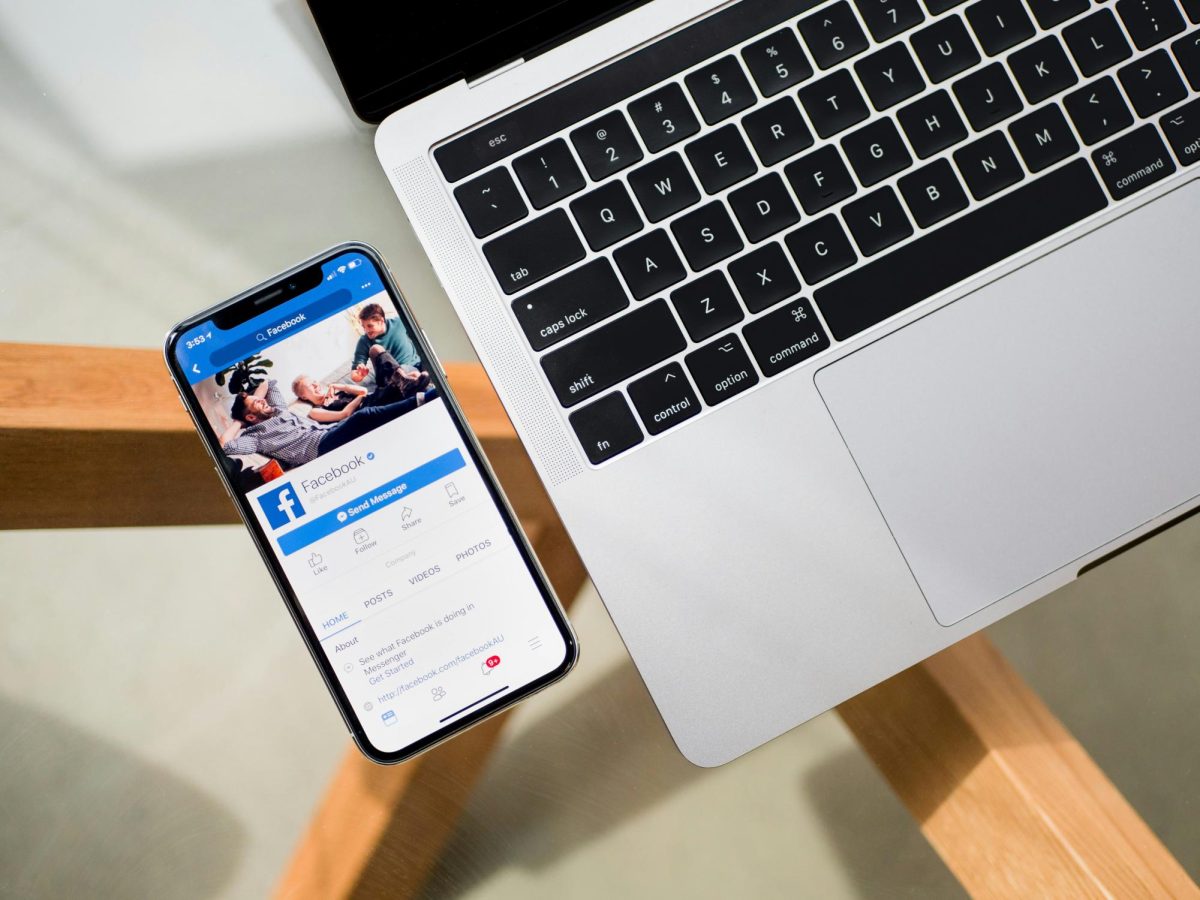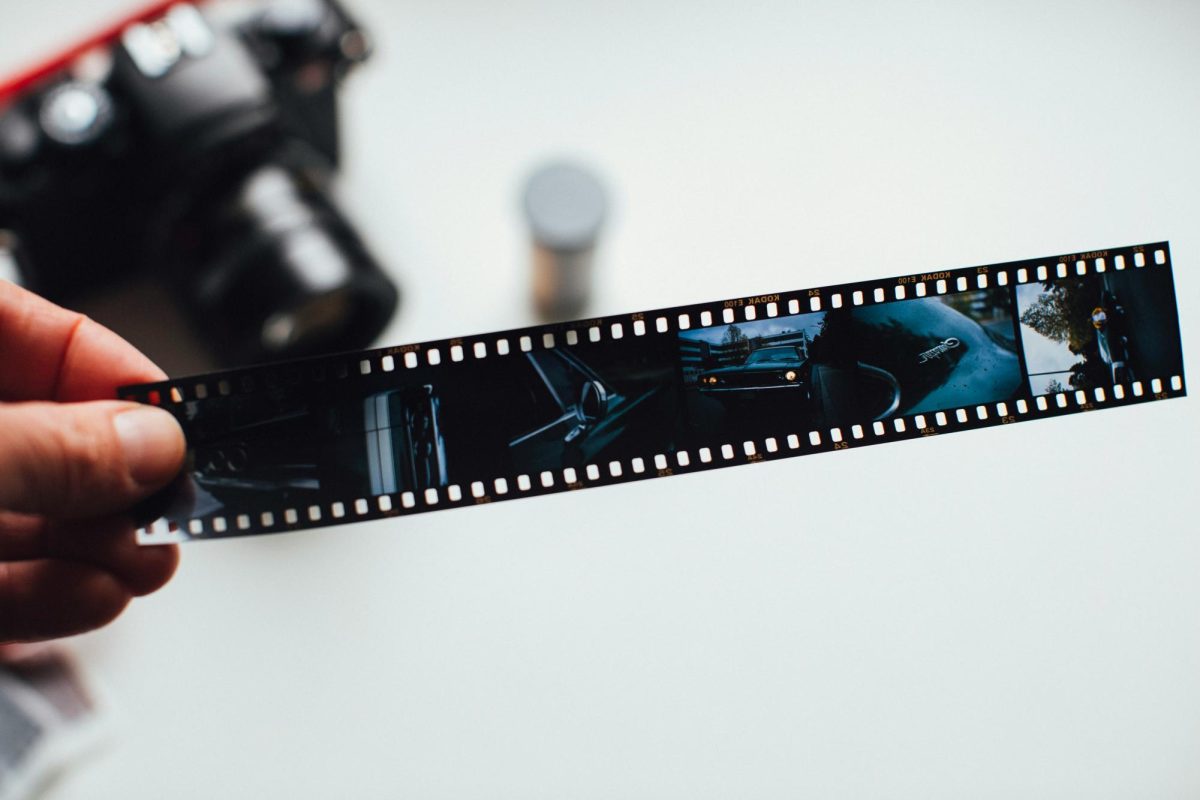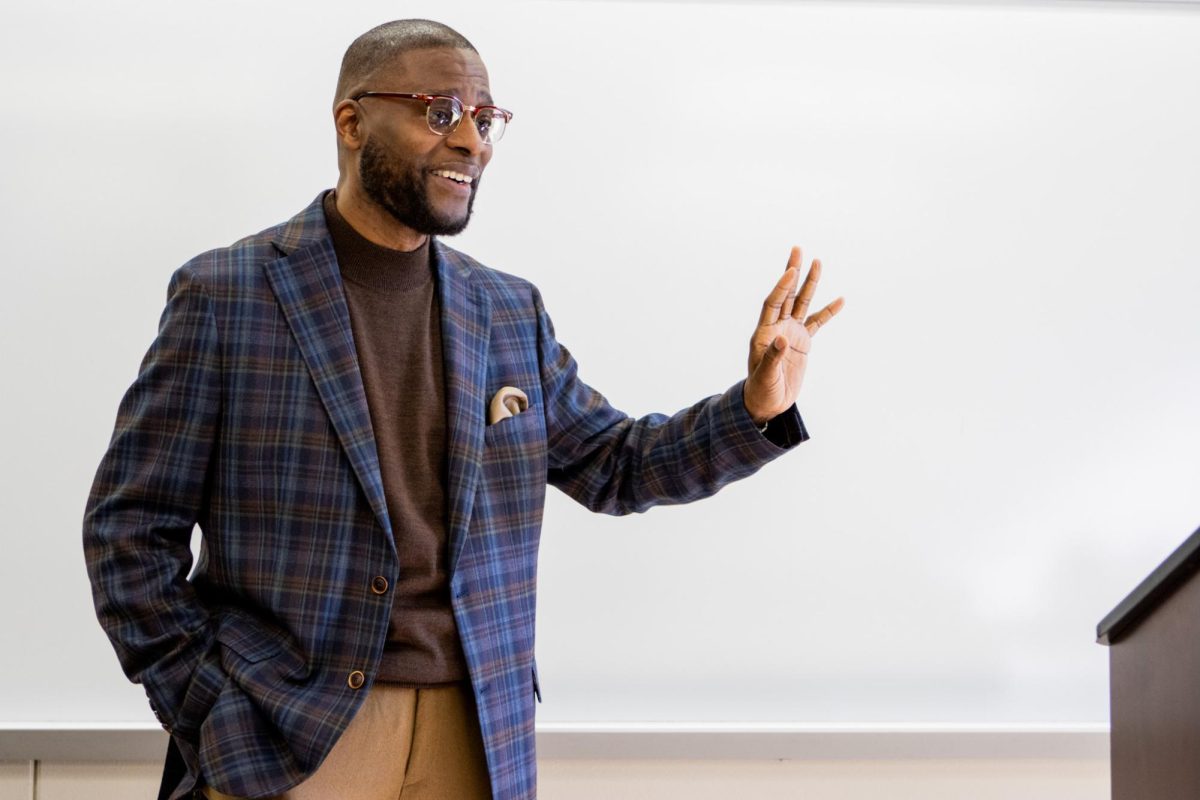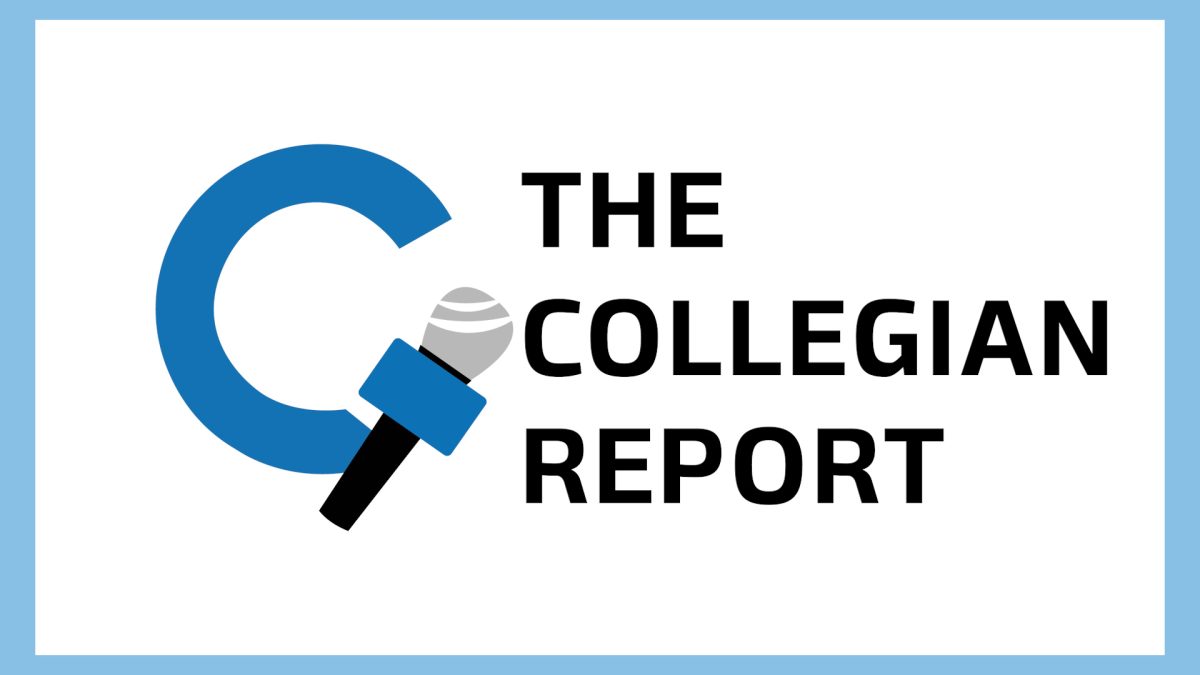
Wonder Woman suffrage documentary in the ESED building.
Joel Solis/The Collegian
HOPE SMITH
campus editor
hope.smith393@my.tccd.edu
TCC students and staff gathered to watch Wonder Woman unfold under layers of women’s suffrage through the years in the documentary “Wonder Woman! The Untold Story of American Superheroines”.
As one of 25 libraries to receive the Women’s Suffrage Grant from the American Library Association and the National Endowment for the Humanities, SE Campus assistant director of library services Tracy Robinson and public services librarian Anna Hithersay showcased “Wonder Woman! The Untold Story of American Superheroines” on Sept. 14.
“We put this program together to get a little bit of a broader picture of empowerment, so not just focusing on politics but also focusing how women are portrayed in media as well.” Robinson said.
Both women who organized the event placed a special emphasis on students learning and thinking about consequences of media depicting women in certain lights.
Wonder Woman’s face was the documentary’s main focus. An ode towards her legacy, it centered on how years of women’s suffrage circled around the heroine and how her character changed throughout history in accordance to how the media wanted her to be depicted.
“As soon as I saw the topic I said ‘well, we have to come,’” SE Spanish teacher Oksana Menirovski said. “Well I’m very excited, and I was always interested in how our role as women has changed, What we are now and how it used to be, what we should do, actually, to move ahead as well, because we still have lots to do.”
Hithersay wanted the attendees to really connect with what’s being portrayed in the documentary and to have a comprehensive discussion about what they saw and what their experiences have been with empowerment and the portrayal of women in the media. She highlighted this when she introduced the documentary.
To get the audience thinking, Robinson asked the audience questions about how the media views female politicians, how women are viewed in their passions and how strong women depicted in media are almost never alone themselves with strength, sometimes put in a sexual light, which is something she encouraged the audience to be thinking about as the documentary played.
The documentary included both modern-day and historical figures who were women.
“I saw a lot of young generation in the movie,” Enrollment associate Vivian Lu said, ”Which gives us a little hope, because you know, young people always represent the future. And I realize the young generation can carry this on, continue this thing that women should be a part of it.”
LaYana Maxie-Funck, a SE student said, “It gave a thorough point of view of the women’s suffrage, from the point of view of back in the day up until the time frame–so to speak–hopefully there’s a part two, since it only went to a certain era.” Maxie-Funk also added that she wished there were other women who she thought should have been added. She named Maya Angela, Aretha Franklin and Barbra Jordan, as well as other women of ethnic and cultural groups.
“Nobody ever sees what a woman actually does until you take her out of the home.” She also added thoughtfully.
“I think that the characters that we get out of books can be more well rounded and indicative of complex femininity and not just the male gaze,” Hithersay said, and added that she thought it would be interesting to have a similar film that looked more into the topic.
“I’m hoping the students learn more about how women are portrayed in media, and kind of learn how to decipher some of those images and I hope find heroes of their own in women who inspire them.” Robinson said.




